
Avegant glyph case study
Overview
Avegant’s Glyph is the world’s first personal theater, designed for portability, rich audio, and precise video. This case study details the collaboration with Avegant to enhance the Glyph’s ergonomics and aesthetics, transforming a functional prototype into a desirable consumer product.
Avegant
Consumer Products
CES Editor’s Choice Award
Best of CES Award
The Challenge
Avegant’s proprietary virtual retinal display technology, which projects images directly onto the user’s retina, offered a natural and comfortable viewing experience. However, the initial “steampunk proto” functional engineering prototype lacked user-friendly ergonomic adjustments and a refined form factor. The core challenge was to design a robust, comfortable, and stylish headset that could accommodate a wide range of users, while also precisely packaging the revolutionary optical and circuit board components. Critical to this was ensuring proper interpupillary distance and diopter lens adjustments for optimal viewing.
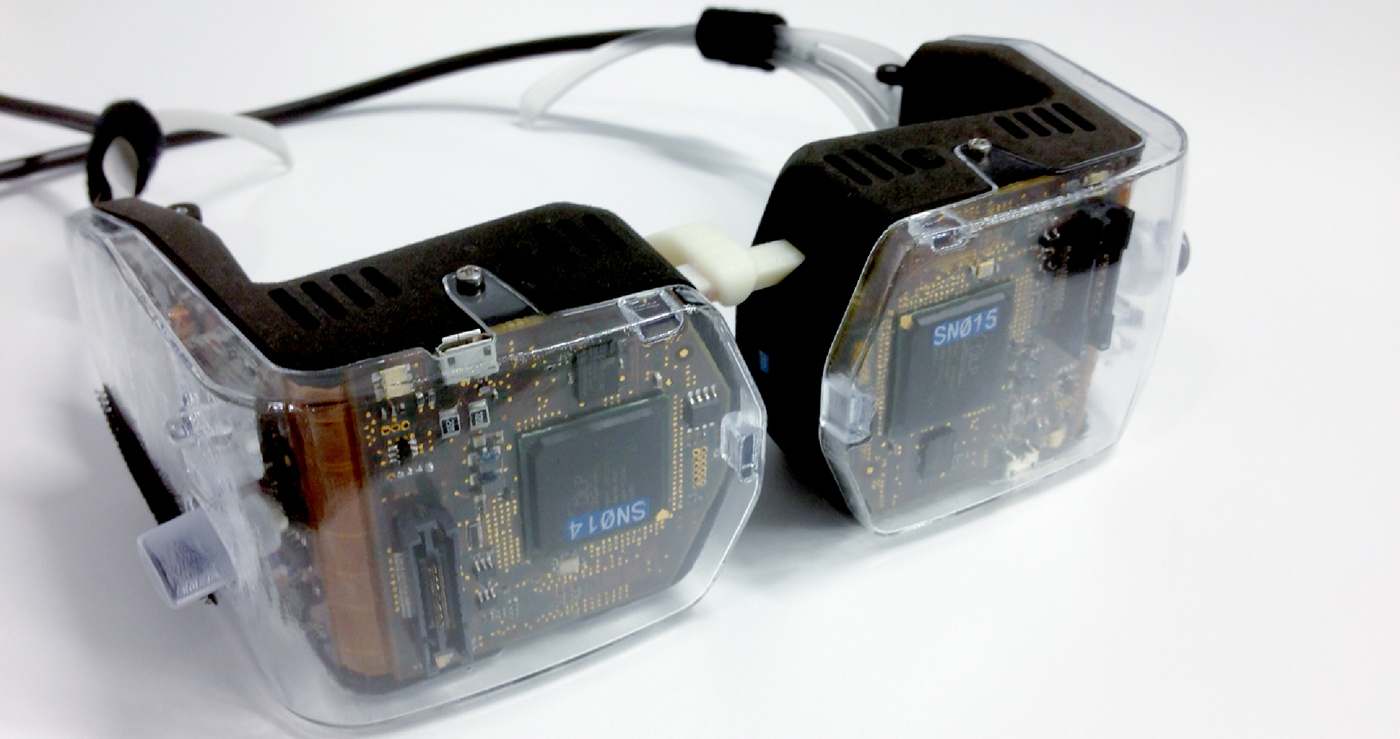
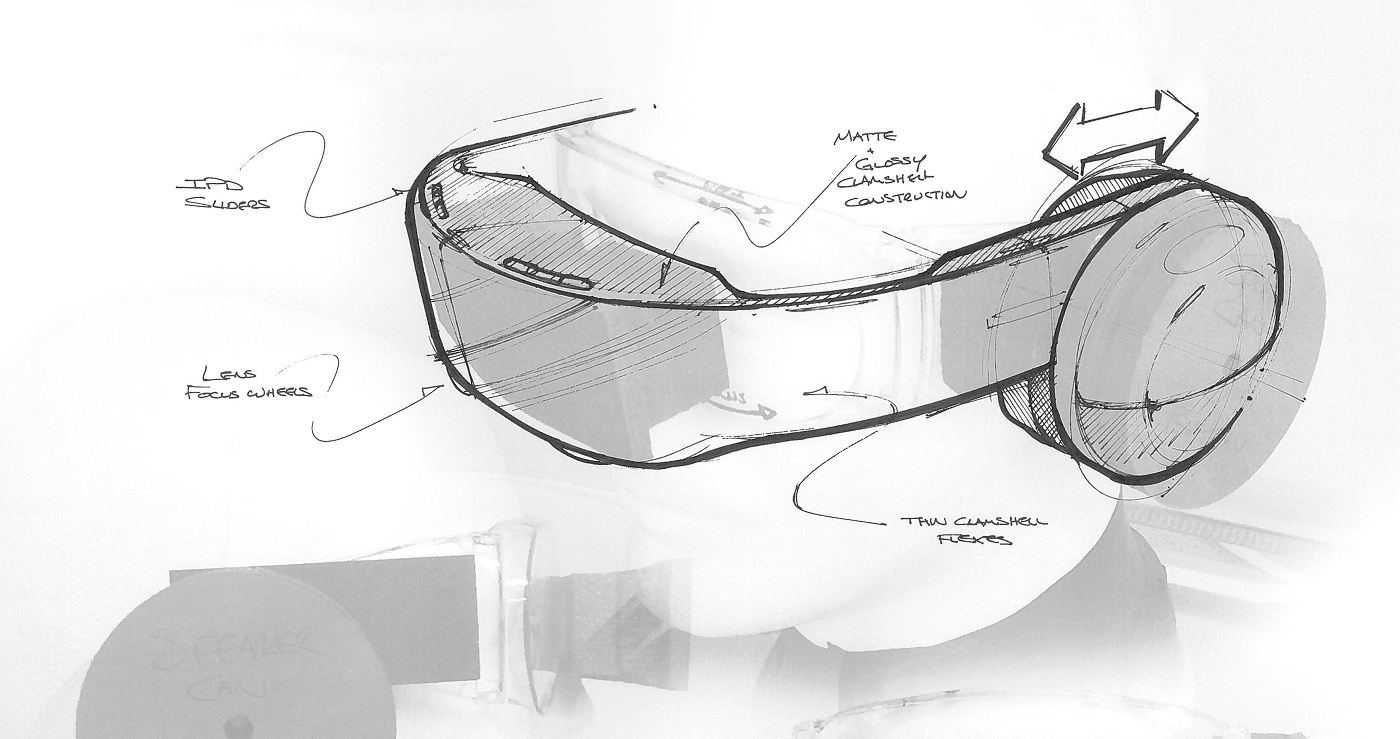
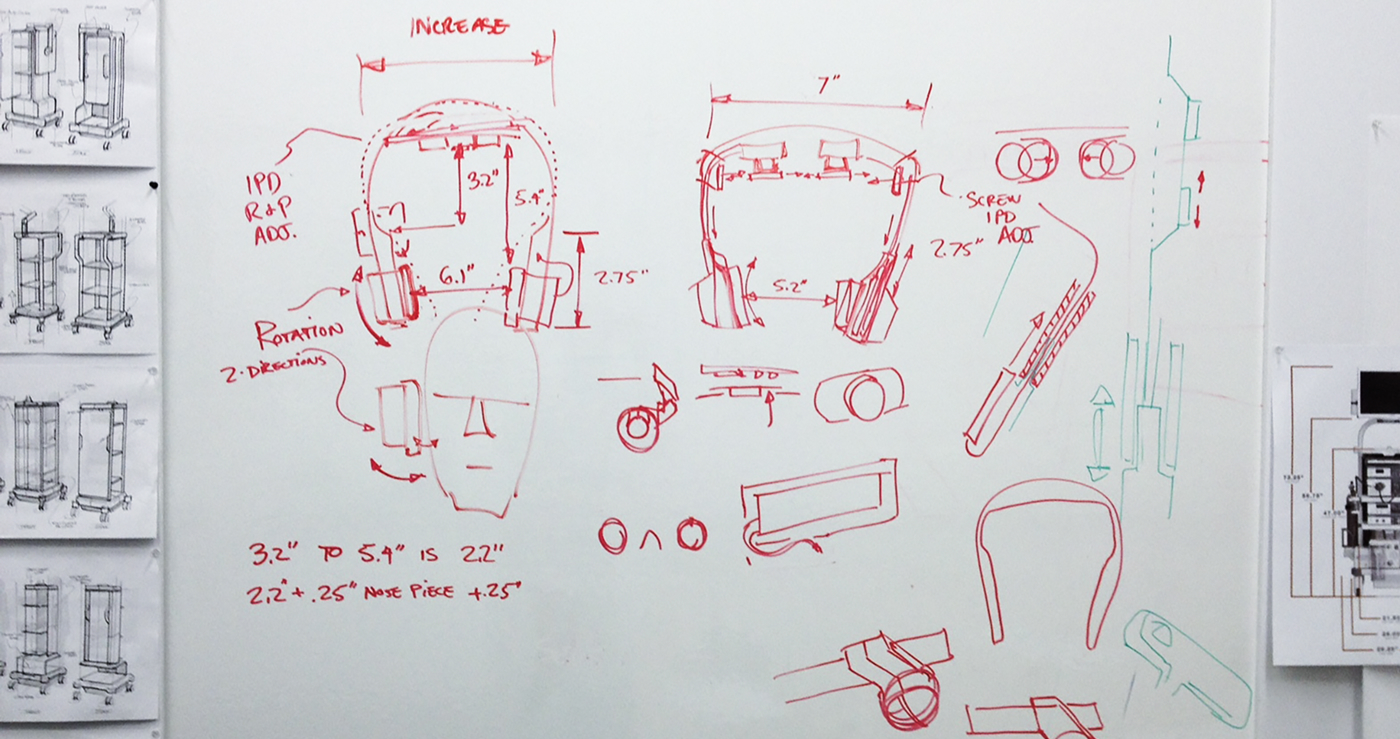
The product
Bringing the Glyph to life meant making breakthrough technology feel incredibly natural and personal. We focused heavily on user comfort and fit, gathering extensive data and conducting studies to ensure it worked for a wide range of head shapes and sizes. Our design aimed for a trifecta: reliability, comfort, and style. We designed every component, constantly looking for ways to make the headset smaller, lighter, and more streamlined without compromising its quality.
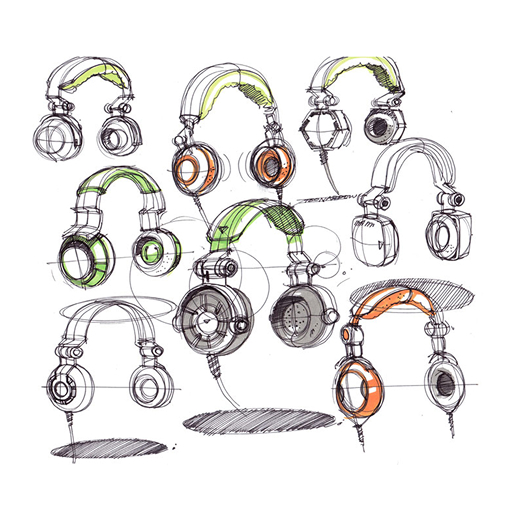
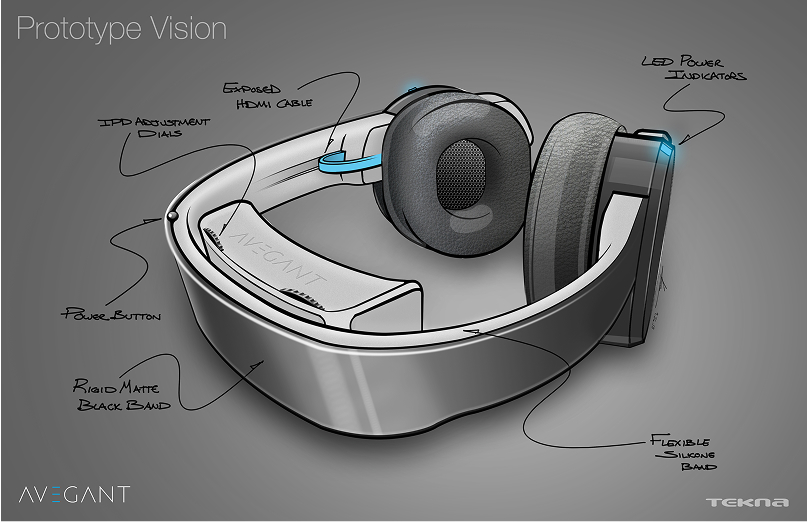
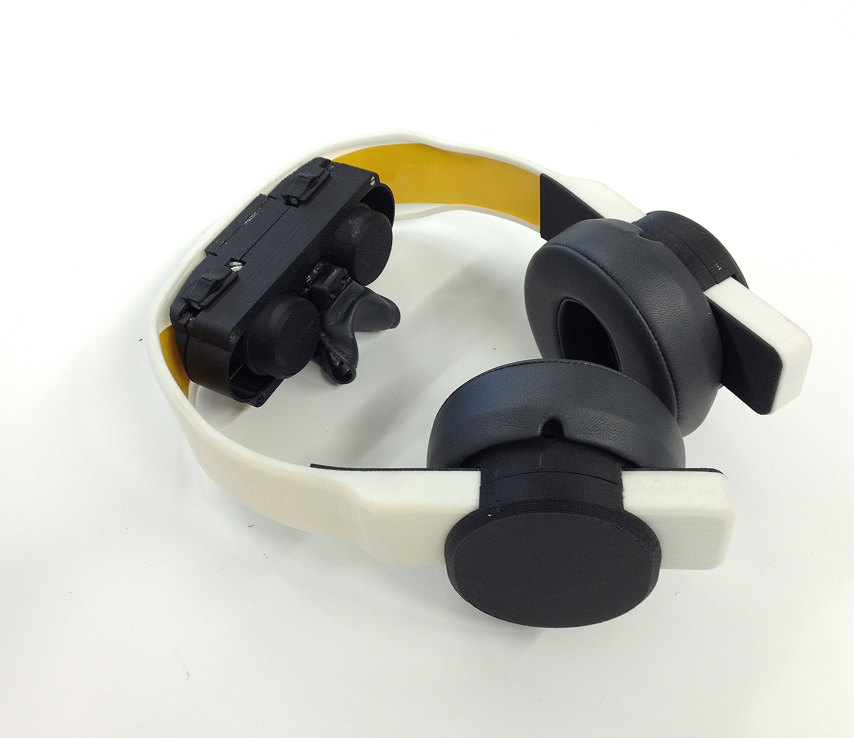
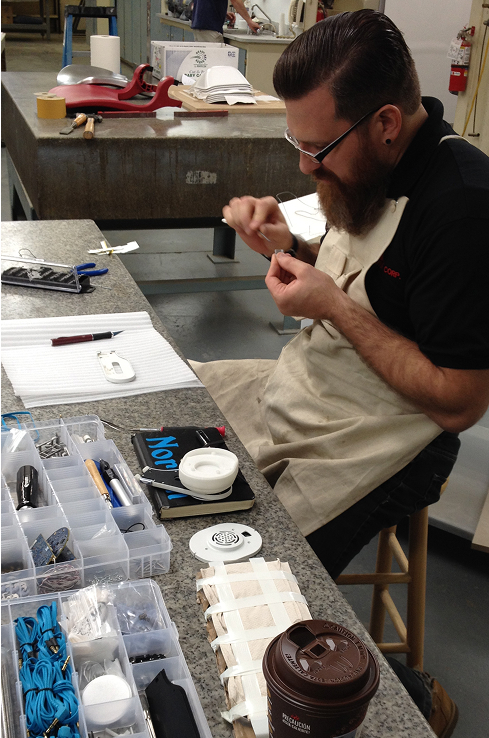
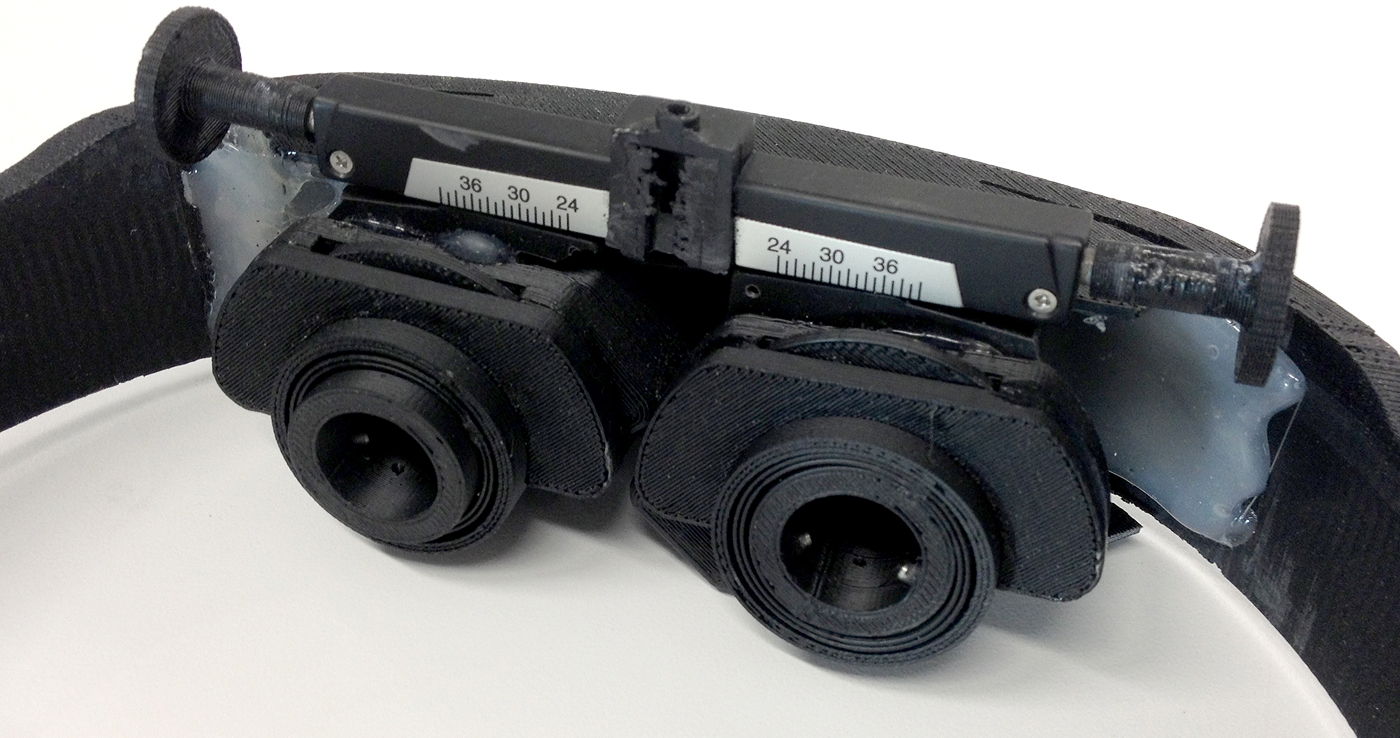
The Glyph’s unique retinal projection technology meant we designed it from the inside out. We created innovative, precise adjustment mechanisms to align the image perfectly with each user’s eyes. Every internal component, from circuit boards to cables, was strategically placed for optimal performance, balance, and ease of assembly. We even ran a rigorous test build with over 40 identified changes, fine-tuning every detail before the final production. This collaborative effort ensured the Glyph delivered an unparalleled viewing experience.
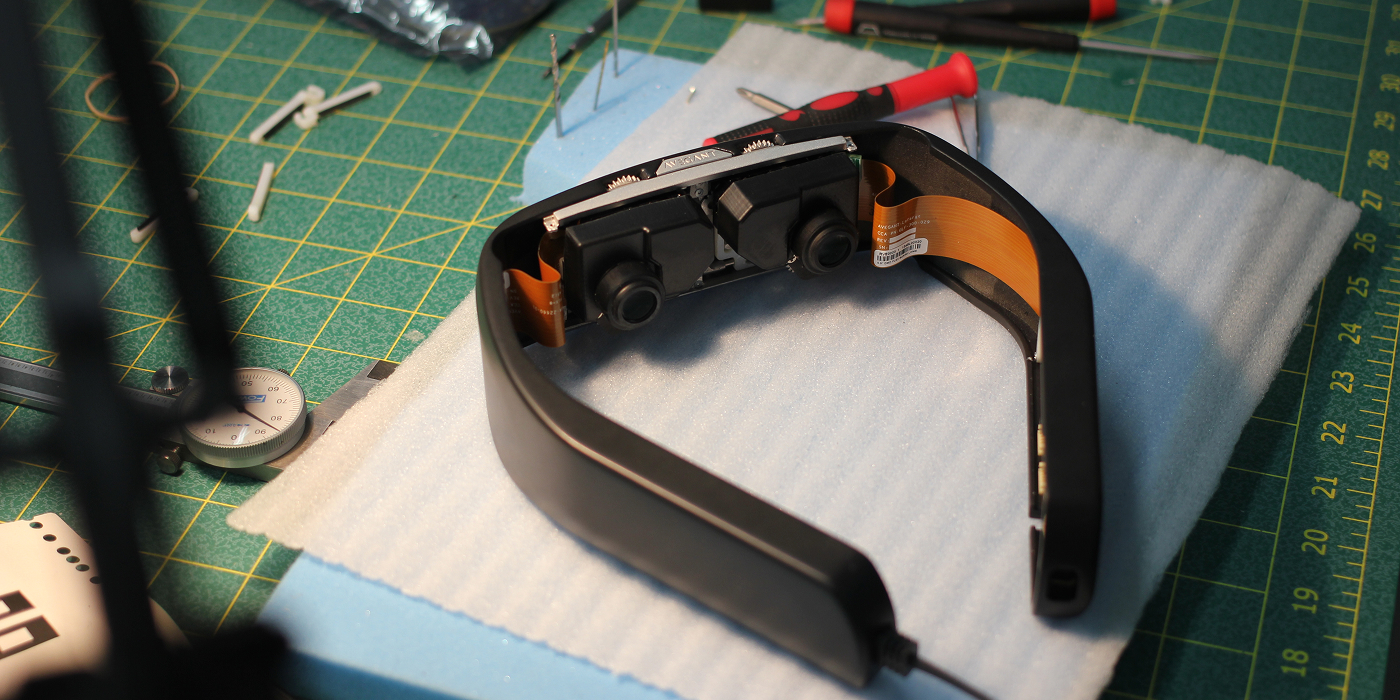
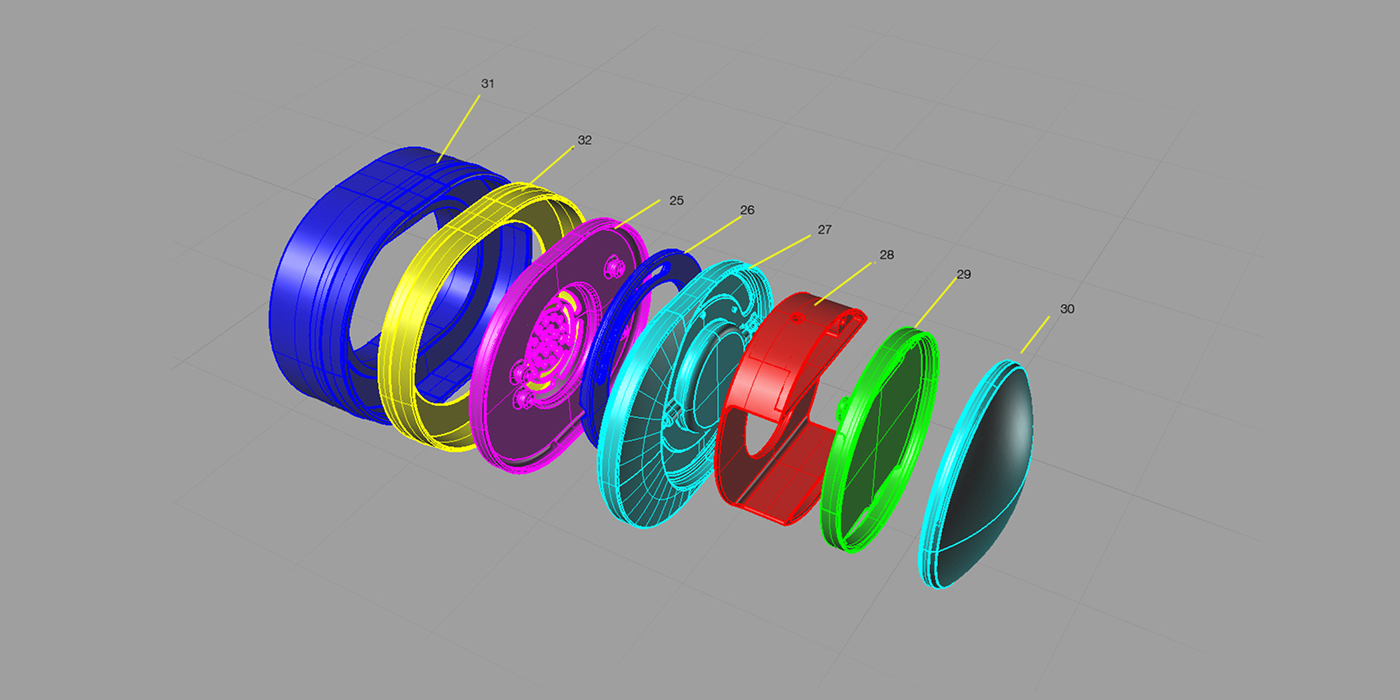
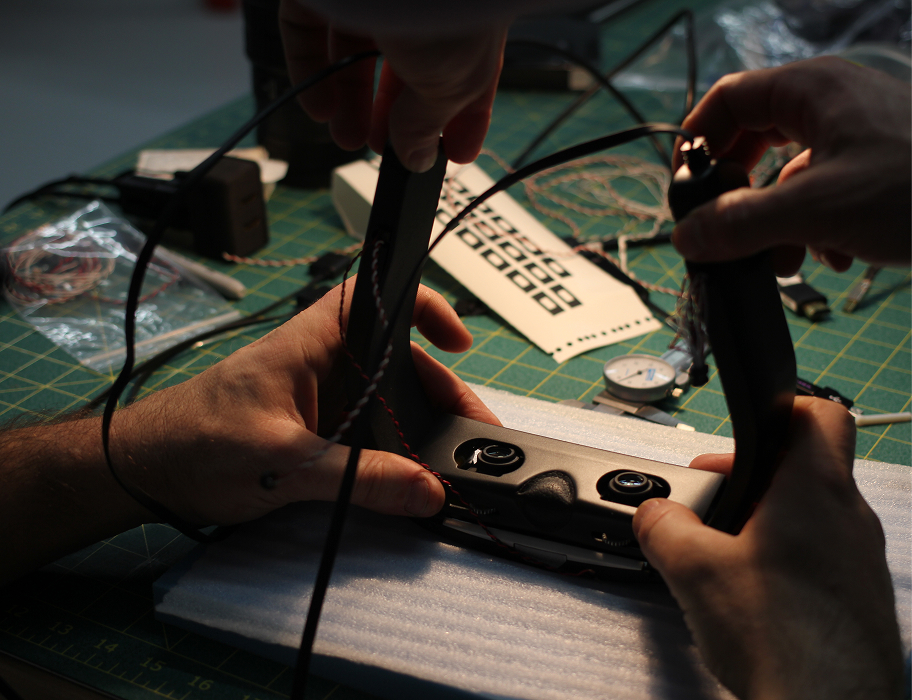
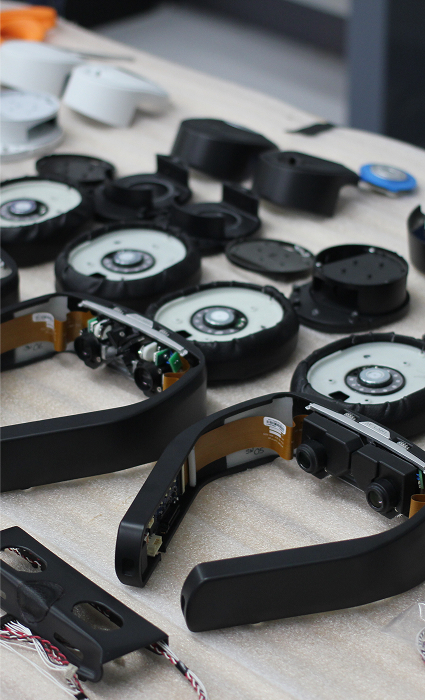
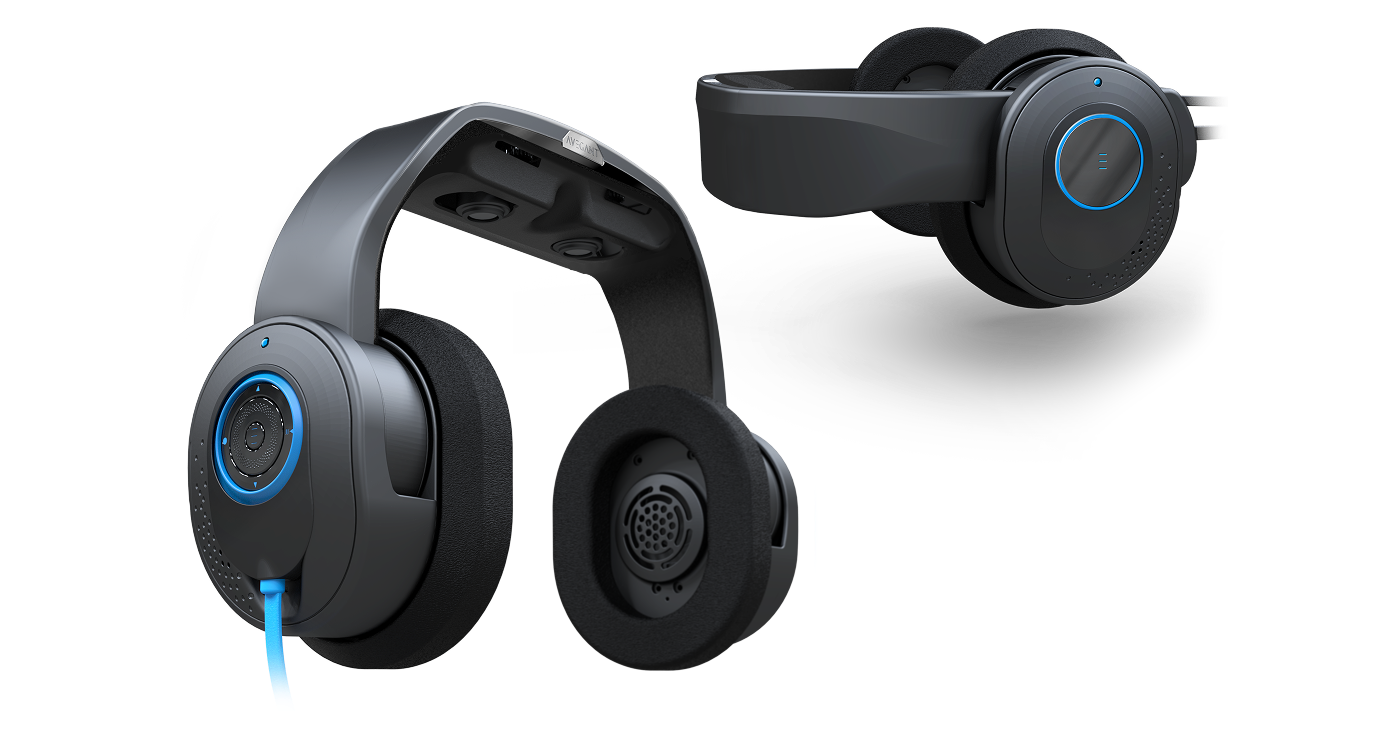
The results
Two weeks after data release, the first of 12 functional Glyph Alpha prototypes were assembled, tested, and prepared for CES. The Glyph achieved significant success at CES, garnering massive media attention and rave reviews for its revolutionary technology and superior performance. The team received a CES Editor’s Choice Award and a video spot on USA Today. The Glyph continued to evolve, ultimately winning the Best of CES Award in 2016.
micro mirrors in the optical engine
functional prototypes created to showcase the technology and help with fundraising
design awards
fastest kickstarter program at the time to raise $1,000,000
Recent Work